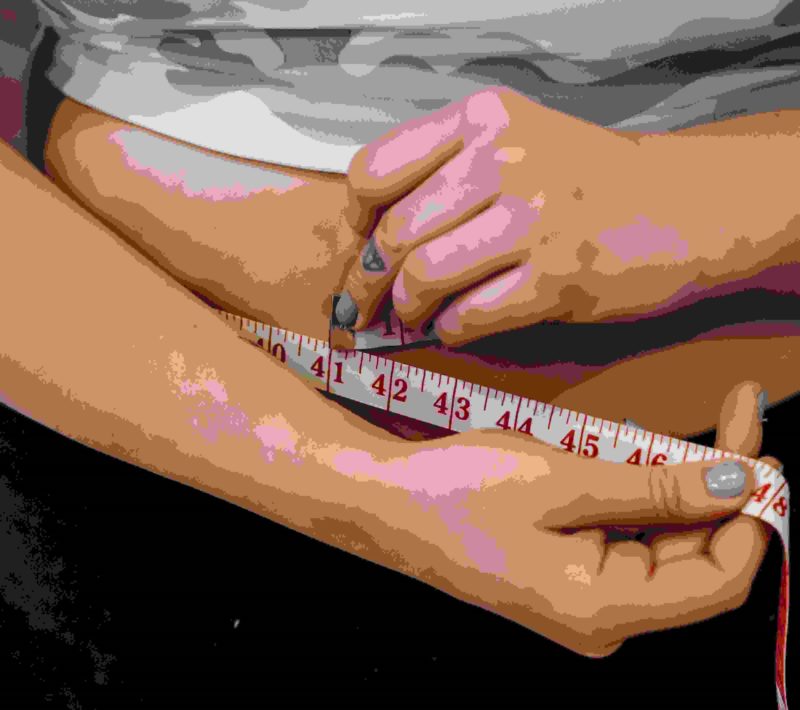Table of Contents
Low Fat Dieting
Low fat dieting is a dietary plan that restricts fat, including saturated and trans fat, from your meals. It may aid weight loss efforts as well as lower cholesterol levels.

However, low fat dieting can have its drawbacks as well. It may lead to nutritional deficiencies and restrict your body’s capacity for absorption of essential vitamins such as A, D, E and K.
1. It Can Help You Lose Weight
Low fat dieting may help you reach your weight goals in the short term if you incorporate plenty of fruits, vegetables and whole grains into your meals. These foods also provide essential sources of protein and fibre which will keep you feeling satisfied for longer.
However, it’s essential to be aware that low fat dieting may not be suitable for everyone. Speak with your doctor before beginning any new eating plan so they can suggest the most suitable plan for you.
Eating healthy fats is also beneficial for your health. Eating healthy fats provides essential nutrients like vitamins A, D, E and K – essential in eye sight, skin health, immunity system, hormone synthesis and bone strength. These essential vitamins play a significant role in eye sight, skin health, immune system health as well as hormone synthesis and bone strength.
Though many low fat or fat-free foods exist, they often contain hidden sugars and other unhealthy components. It’s vital to read the labels before purchasing these items so that you can make an informed decision about which ones provide a healthy option.
Be wary of products labeled ‘low fat’ that contain high amounts of carbohydrates. These refined grains digest quickly and rapidly, leading to spikes in blood sugar levels.
Weight loss can be achieved with low fat dieting, which reduces calories and carbs overall. Furthermore, this type of eating plan is beneficial for your heart as it lowers blood pressure levels.
The key to successful dieting is sticking with a healthy eating plan that allows you to enjoy all of your favorite foods without feeling restricted or deprive yourself of them. Avoid restrictive diets that restrict food choices or deprive you of certain nutrients; doing so could lead to cravings and increased weight gain.
2. It Can Help You Lower Your Cholesterol
Llow fat dieting can help lower your cholesterol by decreasing the intake of saturated and trans fats in your food intake. Saturated fats are typically found in meat, dairy products and certain deep-fried or processed foods.
Limiting these fats will lower your levels of LDL (bad) cholesterol and raise HDL (good) cholesterol. Furthermore, low fat dieting helps you steer clear of triglycerides – another type of fatty acid which may build up in the bloodstream and raise heart disease risks.
According to the American Heart Association, people with high cholesterol should consume no more than 6% of their daily calories from saturated fat, or 11-13 grams for a 2,000 calorie diet.
Additionally, opt for foods that contain healthy oils like olive oil or canola oil. Other healthier types of fats include polyunsaturated fats found in nuts, seeds and fish.
Eating more fruits, vegetables and legumes can help lower your cholesterol levels. These foods are low in saturated fat and packed with high amounts of fiber which may aid with this goal.
These nutrients have the added benefit of reducing triglycerides. Furthermore, they prevent LDL cholesterol from being oxidized, which could otherwise lead to blockages in your arteries.
To ensure you consume enough fiber each day, incorporate whole grains, fruits and vegetables, beans/lambda foods, nuts/seeds into your meals. Furthermore, adding plant sterols into your diet can provide added benefits.
Low fat dieting is essential for managing cholesterol, diabetes, blood pressure and weight. Furthermore, it has been known to lift one’s mood and energy levels.
3. It Can Help You Manage Diabetes
If you have type 2 diabetes, low fat dieting may help regulate your blood glucose levels. This is because fat has less of an effect on glucose than carbohydrates do.
Consuming sufficient protein, fiber and healthy fats can help keep your blood sugar in a healthy range. Aim to incorporate various foods high in these essential nutrients into your meals such as whole grains, nuts and vegetables for maximum benefit.
Eating foods rich in protein and fiber can help you feel fuller for longer. Plus, they tend not to cause an abrupt spike in blood sugar levels like refined carbohydrates or high-fat meals can.
Exercise is another essential factor in managing diabetes, along with eating a nutritious diet. Exercising can increase insulin sensitivity and lower blood sugar levels; it could even reduce the risk of heart disease and improve cholesterol levels by including regular physical activity into your diabetes treatment plan.
Limiting the consumption of saturated and trans fats in your diet can help regulate blood glucose levels. Saturated fats tend to be found in meats and dairy products, while trans fats refer to partially hydrogenated oils commonly found in processed foods.
Avocados, nuts and oily fish can all provide essential fats. Be sure to read the label on any products you purchase to avoid anything with trans fats.
As a general guideline, aim to eat no more than 25%-35% of your total caloric intake as fat. The remainder should come from carbohydrates like fruits, veggies, whole grains and legumes.
4. It Can Help You Manage Your Blood Pressure
Low fat dieting is an effective way to shed some pounds and regulate your blood pressure. Additionally, it could potentially prevent future health issues in the future.
A nutritious diet should include a wide variety of fruits, vegetables, whole grains, fish, poultry and low fat dairy products. It should be low in saturated and trans fats while high in dietary fiber. Limiting salt consumption is another effective dietary strategy to control blood pressure.
One study of men with high blood pressure revealed that low fat dieting could help them regulate their levels. On average, participants reduced their systolic blood pressure by 2.6 points and diastolic blood pressure by 3.5 points by following a low fat dieting plan.
Another study demonstrated that people who consumed more low fat dairy products had lower blood pressure. Those who consumed three or more servings of low fat dairy daily experienced lower systolic blood pressure than those who only consumed half a serving each day.
The American Heart Association advocates a diet low in saturated fat and high in potassium, calcium, magnesium, and phosphorus. Furthermore, their dietary guidelines recommend restricting sodium and sugar consumption.
A low-fat diet that prioritizes whole grains, fruits and veggies can be an effective solution for managing high blood pressure. The Ornish diet is one such example.
Fruits and veggies, in particular, are packed with beneficial nutrients that help lower blood pressure. Not only does this prevent spikes in your pressure levels, but fruits and veggies also aid weight management by providing energy during intense physical activity.
Fruits and vegetables can be enjoyed at every meal. It’s also beneficial to have them as snacks between meals.
If you have high blood pressure, it’s wise to discuss with your doctor the benefits of low fat dieting and other lifestyle modifications. Your healthcare provider can suggest ways for managing your condition without medications while still keeping your heart and other organs functioning optimally.
5. It Can Help You Manage Your Blood Sugar
Low fat dieting can help regulate your blood sugar levels, particularly if you have diabetes. This is because it eliminates saturated and trans fat, two substances which may clog blood vessels.
When you eat, your body releases insulin from the pancreas to convert glucose (the sugar in food) into energy for your cells. This hormone plays a major role in controlling blood sugar levels.
The amount of insulin produced varies between individuals based on several factors. Some individuals struggle to produce enough insulin, leading to dangerously high blood sugar levels.
Maintain healthy blood sugar levels with a nutritious, balanced diet that incorporates plenty of fiber, protein and healthy fats. Additionally, make time to exercise regularly and drink plenty of water.
Check your blood sugar regularly as directed by your doctor or dietitian. If the levels are dangerously low, eat something quickly to boost them back up.
Your doctor may suggest taking a supplement or other medication to help regulate your blood sugar levels. Make sure you adhere to their instructions when using these products, and always consult with a healthcare provider prior to beginning any new treatment plan.
If you have diabetes, be sure to monitor your blood sugar before each meal and snack. Doing this can help you understand how your body responds to various foods and allow you to adjust your diet accordingly.
As a general guideline for low fat dieting, it’s best to limit your consumption of refined carbohydrates and sugars and replace them with whole grains, fruits, vegetables, and healthy fats.



